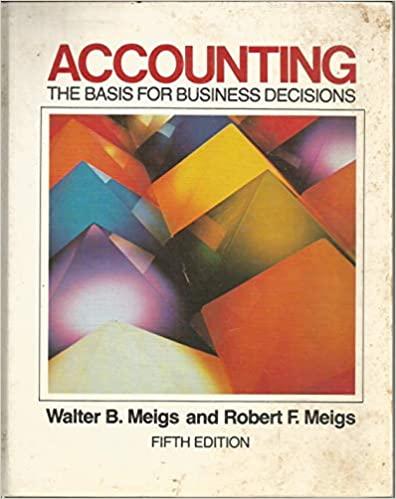Consider the following demand scenario: Quantity Probability 2,000 3% 2,100 8% 2,200 15% 2,300 30% 2,400 17% 2,500 12% 2,600 10% 2,700 5%
Suppose the manufacturer sells to the distributor at $45/unit, how much will the distributor order? What is the expected profit for the manufacturer and distributor? a) If you are the distributor and you have the choice of revealing the true demand forecast or inflated/inaccurate demand forecast to the manufacturer, what will you do under a make-to-order case? Why? (No calculation is needed please just provide your reasoning)
An outdoor manufacturer sells outdoor furniture to a retail store. The manufacturers wholesale price for the furniture is $210; this wholesale price includes the cost of shipping the furniture to the retail store. The retail store sells the furniture for $265. The manufacturers cost per furniture is $120. Assume the retail stores forecast for season sales is normally distributed with a mean of 10 and a standard deviation of 4. The retail store plans to make only one furniture buy for the season. Furniture leftover at the end of the season can be sold at 80 percent discount.
a) How many furniture should the retail store order?
b) What is the retail stores expected profit given the order in part a?
c) What is the manufacturers expected profit given the retail stores order in part a?
d) To maximize the supply chains total profit (the manufacturers profit plus the retail
stores profit), how many furniture should be shipped to the retail store?
Now suppose the manufacturer were to accept unsold furniture at the end of the season. The retail store would incur a $18 shipping cost per furniture returned to the manufacturer. Among the returned furniture, 40 percent of them are damaged and the manufacturer cannot resell them the following season but the remaining 60 percent can be resold to some other retailers for the full wholesale price of $210.
e) If we want to maximize the supply chains total profit, do you think the leftover furniture should be sent back to the manufacturer or should be sold at the retail store at 80 percent discount? Why?
- [ ] (Guide: Compare the supply chain overage cost under the case where the leftover furniture is sent back to the manufacturer against the supply chain overage case under the case where the leftover furniture is sold at the retail store at 80 percent discount to see if it is worth to send the leftover inventory back to the manufacturer.)
Suppose the manufacturer gives the retail store a 85 percent credit for each returned furniture which is equivalent to $178.5 per returned furniture. The retail store incurs a $18 cost to ship each furniture back to the manufacturer.
f)How many furniture should the retail store order to maximize its profit?
g)What is the retail stores expected profit given its order in part f?
h)What is the manufacturers expected profit given the retail stores order in part f?






